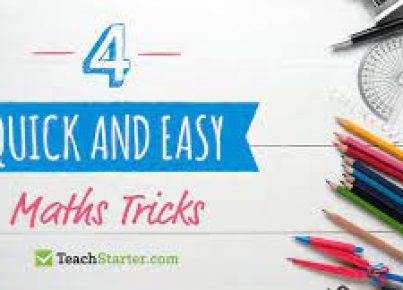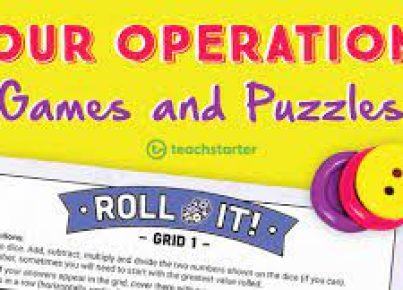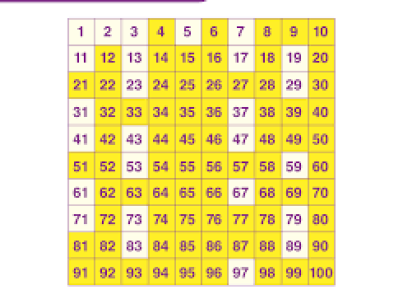Understanding place value is fundamental in learning mathematics. It forms the basis for comprehending larger numbers and grasping concepts such as addition, subtraction, multiplication, and division. Here are some favourite strategies and activities that teachers can incorporate into their lessons to make teaching place value both effective and engaging.
Start with Physical Counters
One of the most tactile ways to teach place value is by using physical counters like beans, coins or base-ten blocks. Start by having students make groups of ten and then move on to using the blocks to represent units, tens, hundreds, and so on. This physical representation helps students visualize how numbers are built up.
Play Place Value Games
Games like ‘Place Value War’, ‘Roll It’, or ‘Place Value Bingo’ make learning fun and interactive. By competing or working together, students learn to recognize and order numbers based on their placevalue.
Use Place Value Charts
A place value chart can be an excellent tool for helping students understand the hierarchy and properties of numbers. As they enter digits into the chart’s different columns, they can see the value each digit represents. Combine this with questioning techniques to deepen their understanding.
Incorporate Number Lines
Number lines are great for helping children understand number sequences and intervals. Students can use markers to identify positions on a number line according to a number’s place value, learning about the relative size of numbers in a visual way.
Engage with Story Problems
Word problems that emphasize place value can help students apply their knowledge in real-world contexts. For example, asking them how many tens and ones are in a certain number makes them break down numbers in a practical situation.
Create Mnemonics
Mnemonics can be used for helping students remember key concepts related to place value. A common mnemonic is “King Henry Died By Drinking Chocolate Milk,” representing Kilo-, Hecto-, Deca-, Base unit (such as meter, liter, gram), Deci-, Centi-, Milli-. Tailor mnemonics to your teaching style and student group.
Employ Technology
There are numerous apps and websites designed specifically for teaching place value. These resources often have interactive exercises that allow children to manipulate numbers and observe changes in their values dynamically.
Flip the Classroom
Rather than teaching new concepts in class, give students materials (videos or reading) to learn aboutplace value at home. Then use class time for place-value activities that reinforce the concept through practice.
Remember that repetition is key when teaching mathematics; so revisit these concepts regularly through various activities to reinforce understanding. By using a variety of techniques from physical counters to storytelling problems or digital apps, you will cater to all learning styles in your classroom. Place value doesn’t have to be boring; it can be an adventure in numbers.





